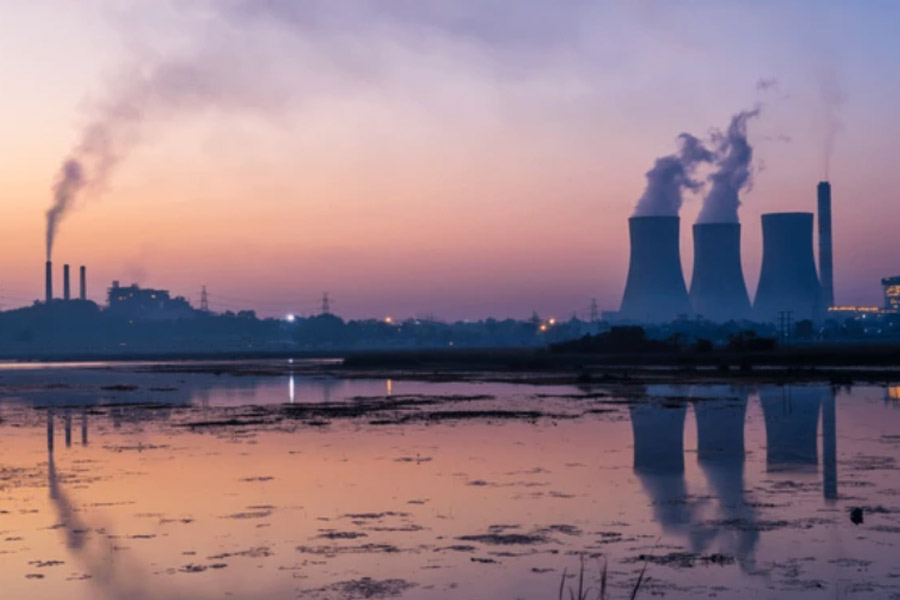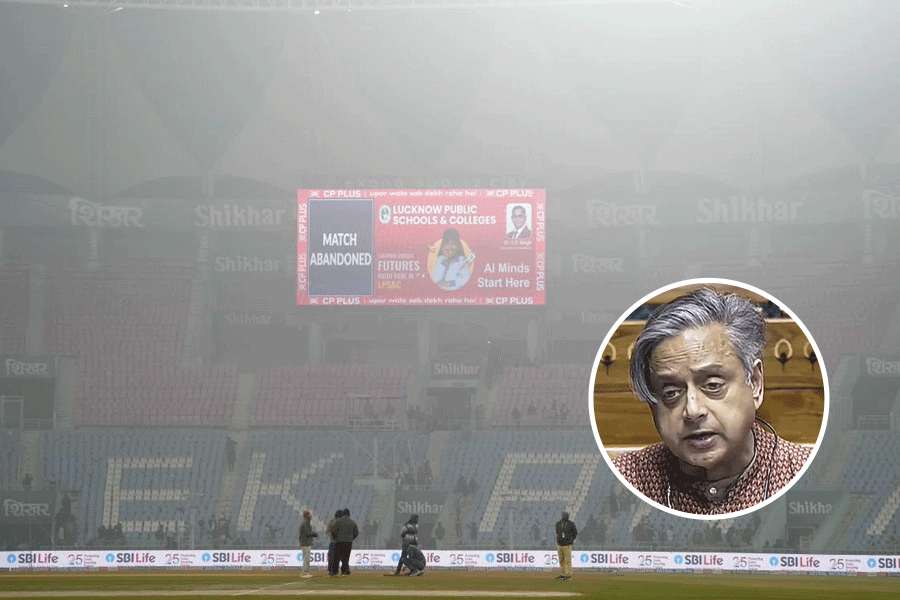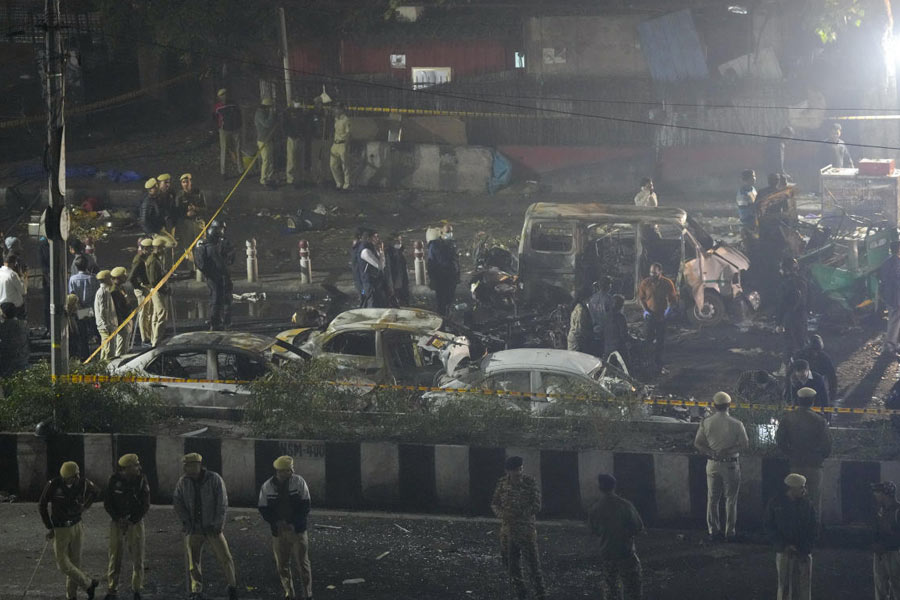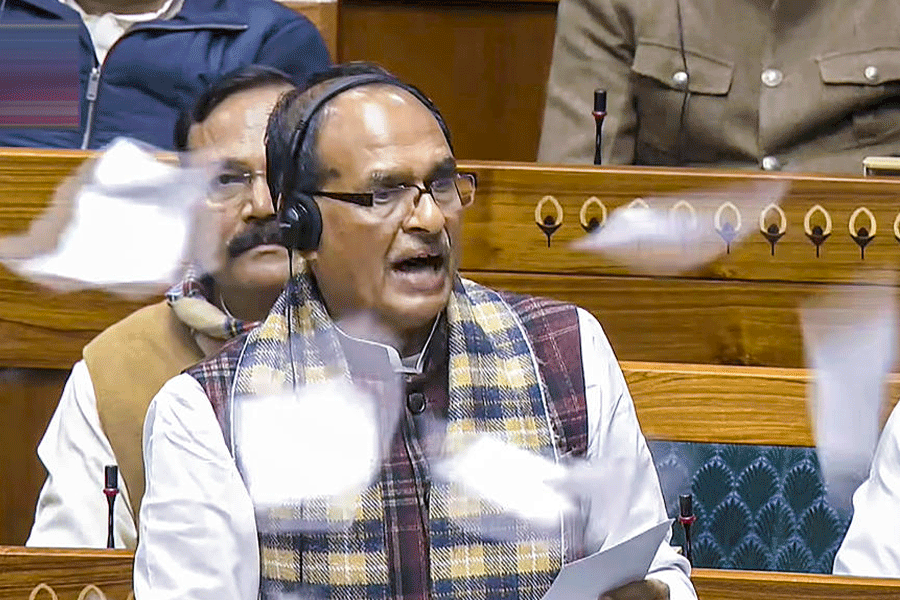The Union environment ministry on Monday said its decision to ease sulphur dioxide emission norms for thermal power plants has been “grossly misinterpreted” and the revised notification was based on scientific research and stakeholder consultations, including inputs from IIT Delhi and the Central Pollution Control Board.
“The report regarding the recent notification issued by the Ministry regarding the applicability of Sulphur Dioxide norms in respect of Thermal power Plants has been grossly misinterpreted,” the ministry said in a statement.
According to the ministry, the updated notification is grounded in scientific research and consultations with institutes such as IIT Delhi, the National Institute of Advanced Studies (NIAS), and the National Environmental Engineering Research Institute (NEERI). It also said that the Central Pollution Control Board had conducted its own assessments.
On Friday, the ministry rolled back the requirement for flue gas desulphurisation (FGD) systems in most thermal power plants, raising questions about the government’s pollution control strategy.
The move exempts nearly 90 per cent of coal-fired power plants in the country from installing FGDs, originally mandated in 2015 to limit sulphur dioxide (SO₂) emissions.
The move meant that most coal power plants in India no longer need to install expensive pollution-control equipment unless they’re near major cities, reported Reuters.
The Ministry argued that media reports misrepresent both the scientific evidence and the environmental policy rationale.
“The media reports misrepresent both the scientific evidence and the environmental policy rationale underlying the revised notification. Contrary to claims of regulatory dilution, the Ministry’s decision represents a rational, evidence-based recalibration anchored in current ambient air quality data, sectoral emission trends, and broader sustainability imperatives.
“The norms of Sulphur Dioxide emissions from Thermal Power Plants notified on 11th July is based on extensive consultations with stakeholders and research institutions regarding the effectiveness and rationale behind stack emission standards for SO₂ on 537 TPPs throughout the country, and its role in overall ambient air pollution of the region,” the ministry said.
The Ministry defended the use of the 2009 National Ambient Air Quality Standards (NAAQS) for SO₂, saying there was no scientific basis to call them outdated. “The contention that the existing SO₂ NAAQS, last updated in 2009, are obsolete simply due to their age is scientifically unfounded,” it said.
Rather than updating standards based on international timelines, the ministry said any revision must consider SO₂’s actual contribution to PM2.5 pollution. “Current exposure levels provide no credible evidence to suggest that SO₂, under prevailing ambient conditions, is a major public health concern. Moreover, sulfate aerosols formed from SO₂ constitute a relatively small fraction of PM2.5.”
Backing that claim, the ministry cited research from IIT Delhi: “A detailed analysis carried out by IIT Delhi shows that sulfate contributes only 0.96 per cent to 5.21 per cent of PM2.5 and 0.57 per cent to 3.67 per cent of PM10 in cities near TPPs. The assertion that sulfur compounds contribute 12–30 per cent of PM2.5 is an unsubstantiated claim and not supported by any rigorous scientific studies conducted in major Indian cities, and it significantly overstates the contribution of SO₂ in India’s particulate pollution burden.”
The ministry also pointed to 2023 air quality data to assert that SO₂ levels in most Indian cities remain well within national limits. “In 2023, Sulphur Dioxide levels were monitored in 492 cities, out of which 490 cities were found to be within the prescribed NAAQS limits,” the Ministry said.
The Ministry emphasised that India’s coal has lower sulphur content than imported coal and higher ash content, making the use of FGDs less necessary. “Indian coal has very low sulphur content (less than 0.5%) as compared to imported coal which has more than 2% sulphur content,” it said.
The cost of implementing FGDs across the thermal power sector has also been cited as a concern. “Rough estimate suggests that the nationwide retrofitting of India's coal-based capacity for ensuring compliance with the previous Sulphur Dioxide emission norms requires installation of FGDs which is projected to cost over Rs. 2.54 lakh crore in capital expenditure (~Rs. 1.2 Crores per MW of installed capacity),” the Ministry said.










